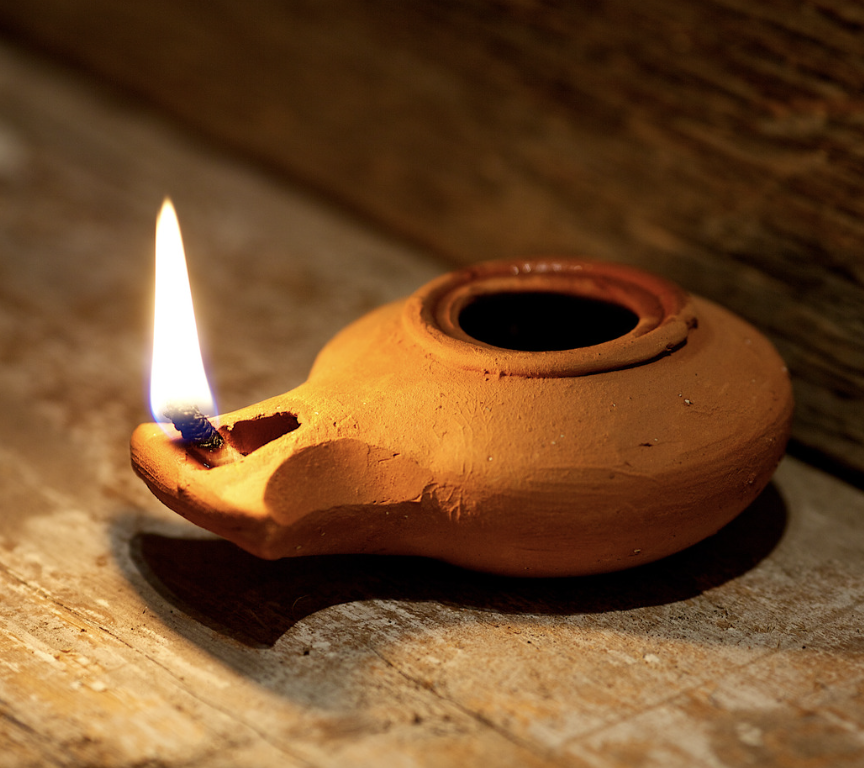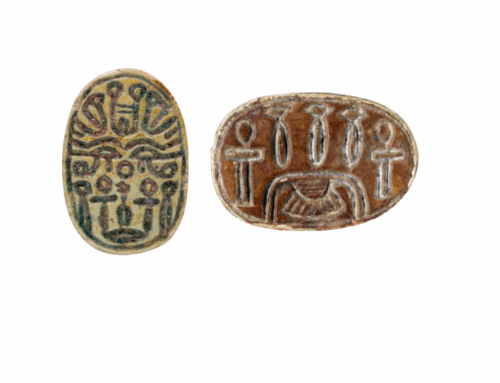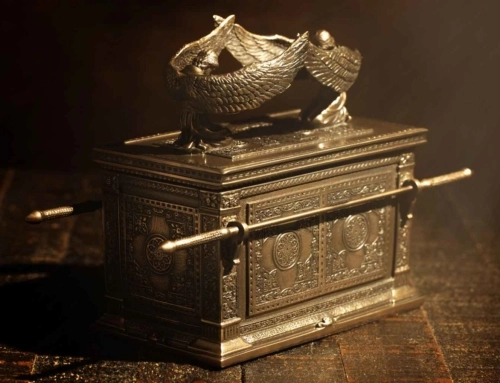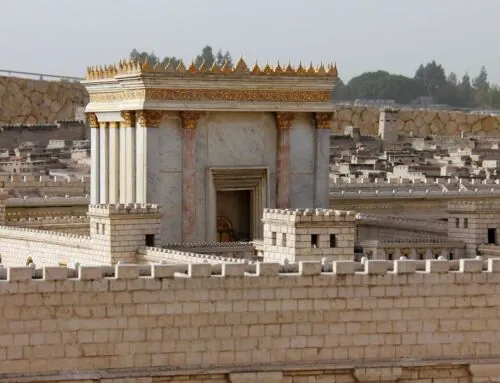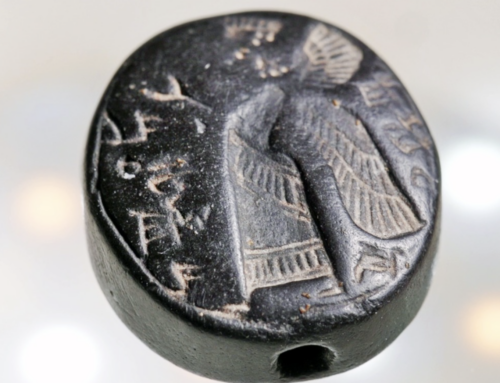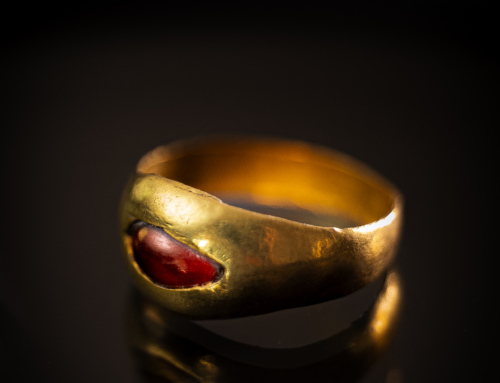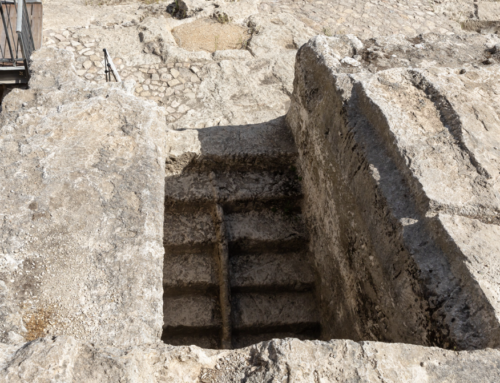A Glimpse Into the Past: 1,700-Year-Old Lamp With Temple Symbols Discovered in Jerusalem
Archaeologists in Jerusalem have uncovered a rare and exquisite artifact that sheds light on the ancient Jewish connection to the Second Temple and its symbols. A 1,700-year-old ceramic oil lamp—bearing intricate designs linked to the Temple—was recently discovered in an excavation led by the Israel Antiquities Authority (IAA), providing a fascinating link to Jewish history during the late Roman period.
A Unique and Rare Find
The discovery of the lamp is a significant one, especially given the scarcity of material evidence from this period. After the Roman emperor Hadrian suppressed the Bar Kokhba rebellion in 135 CE, Jews were expelled from Jerusalem, and their presence in the city and surrounding areas became scarce. This lamp, however, offers a rare material trace of Jewish life in the region during the third to fifth centuries CE.
According to Michael Chernin, IAA excavation director, the lamp’s well-preserved state makes it a remarkable find. The soot marks on its nozzle suggest that it was indeed used around 1,700 years ago, offering an authentic link to daily life during a tumultuous period in Jewish history.
Symbols of the Second Temple
What makes the lamp even more remarkable are the images it bears—symbols closely associated with the Second Temple, including the iconic menorah, an incense shovel, and a lulav (palm branch). These religious symbols, etched into the lamp, were typically used in Temple rituals and provide direct insight into the religious and cultural practices of Jews living in the region after the destruction of the Temple in 70 CE.
“The choice of symbols on the lamp is not accidental,” said Benjamin Storchan, IAA archaeologist. “This is a fascinating testimony connecting everyday objects and faiths among ancient Jerusalem’s inhabitants. It seems that the lamp belonged to a Jew, who purchased it because of its religious significance and as a memorial to the Temple.”
This find is particularly exciting because there has been little evidence of Jewish settlements in Jerusalem during this period, making the lamp an invaluable glimpse into Jewish life long after the Temple’s destruction.
Craftsmanship and Design
The lamp itself is a prime example of ancient craftsmanship. It is of the “Beit Nattif” type—a style named after a production workshop discovered near Beit Shemesh in the 1930s. The lamp was created using a mold-based technique, where clay was pressed into two-part molds, then fired to create a refined and functional design. This method allowed for the addition of intricate and delicate decorations, which can be clearly seen in the fine details of the lamp’s surface.
The effort put into the decoration of the lamp reflects the importance placed on religious symbols. Archaeologist Storchan noted the use of specialized tools like drills and chisels to carve the limestone molds with precision—a testament to the dedication of the craftsman.
Connecting to Modern Traditions
For those familiar with Jewish traditions, the symbolism of the menorah and lulav may evoke a strong connection to the Hanukkah holiday, which celebrates the rededication of the Second Temple. The Heritage Minister of Israel, Amichai Eliyahu, pointed out that the lamp’s discovery has an emotional resonance, especially when revealed to the public during Hanukkah. “This unique oil lamp, which in an exciting manner bears the symbols of the Temple, connects the lights of the past with the Hanukkah holiday of today,” Eliyahu said.
The lamp’s presence during Hanukkah serves as a poignant reminder of the enduring connection between the Jewish people, their heritage, and the memories of the Temple. It emphasizes the centrality of these symbols in Jewish culture and faith, linking modern-day practices to the ancient world.
A Window into Jerusalem’s Ancient Past
This discovery provides more than just a glimpse into the craftsmanship of ancient pottery; it opens a window into a complex period of history, where the Jewish people, after the loss of the Second Temple, continued to cherish and remember their sacred traditions. The intricacies of the lamp’s design, the choice of religious symbols, and its historical context make this an exceptional find, offering profound insights into Jewish identity, resilience, and faith during a time of upheaval.
As the lamp will be revealed to the public for the first time during Hanukkah, alongside stone molds used to create similar lamps, it serves as a beautiful connection between past and present—a testament to the enduring spirit of Jewish culture and its unbroken link to the Temple and its symbols.
Conclusion
The discovery of this ancient oil lamp in Jerusalem is not only an extraordinary archaeological find but also a symbolic reminder of the long-standing connection between the Jewish people and their heritage. As Israel continues to uncover these rare and meaningful artifacts, each discovery offers a deeper understanding of the ancient world and its lasting impact on modern traditions.
To read the full article and to watch a short video, click here.
On your Christian tour to Israel, you have the opportunity to join an excavation. Contact us today and we will be happy to add an archaeology afternoon to your personalised itinerary.

